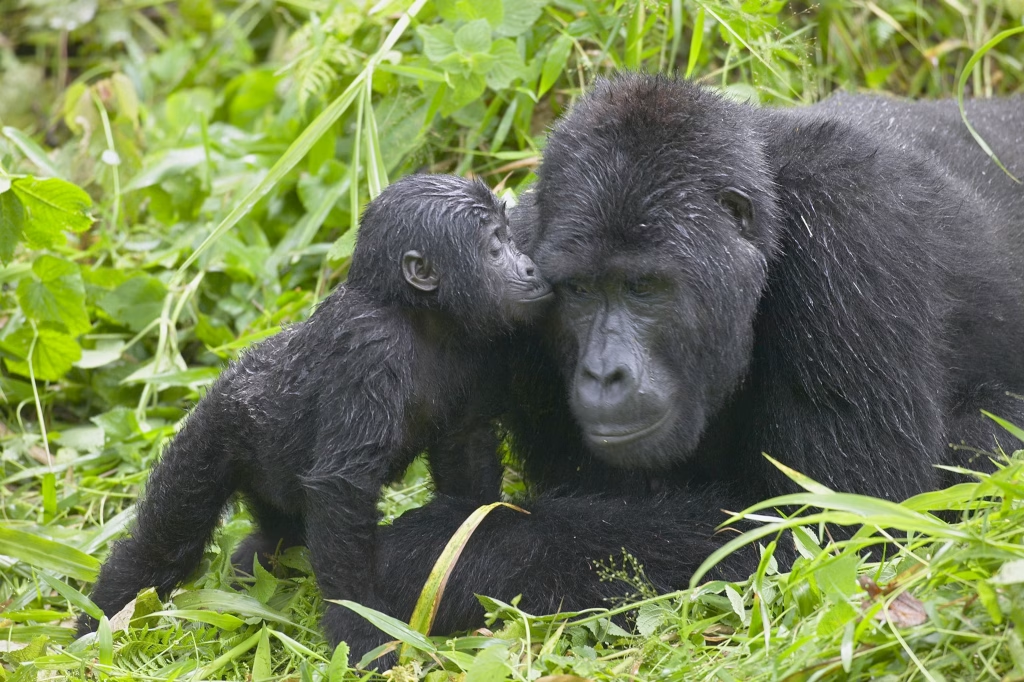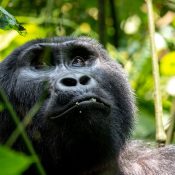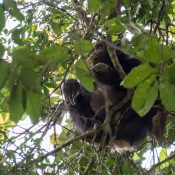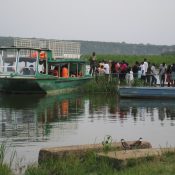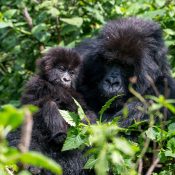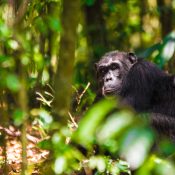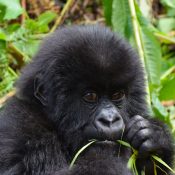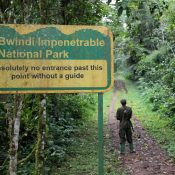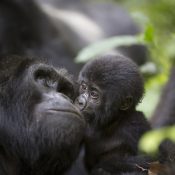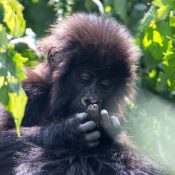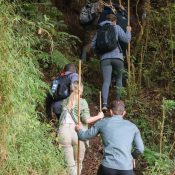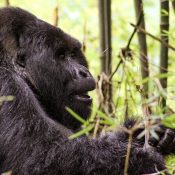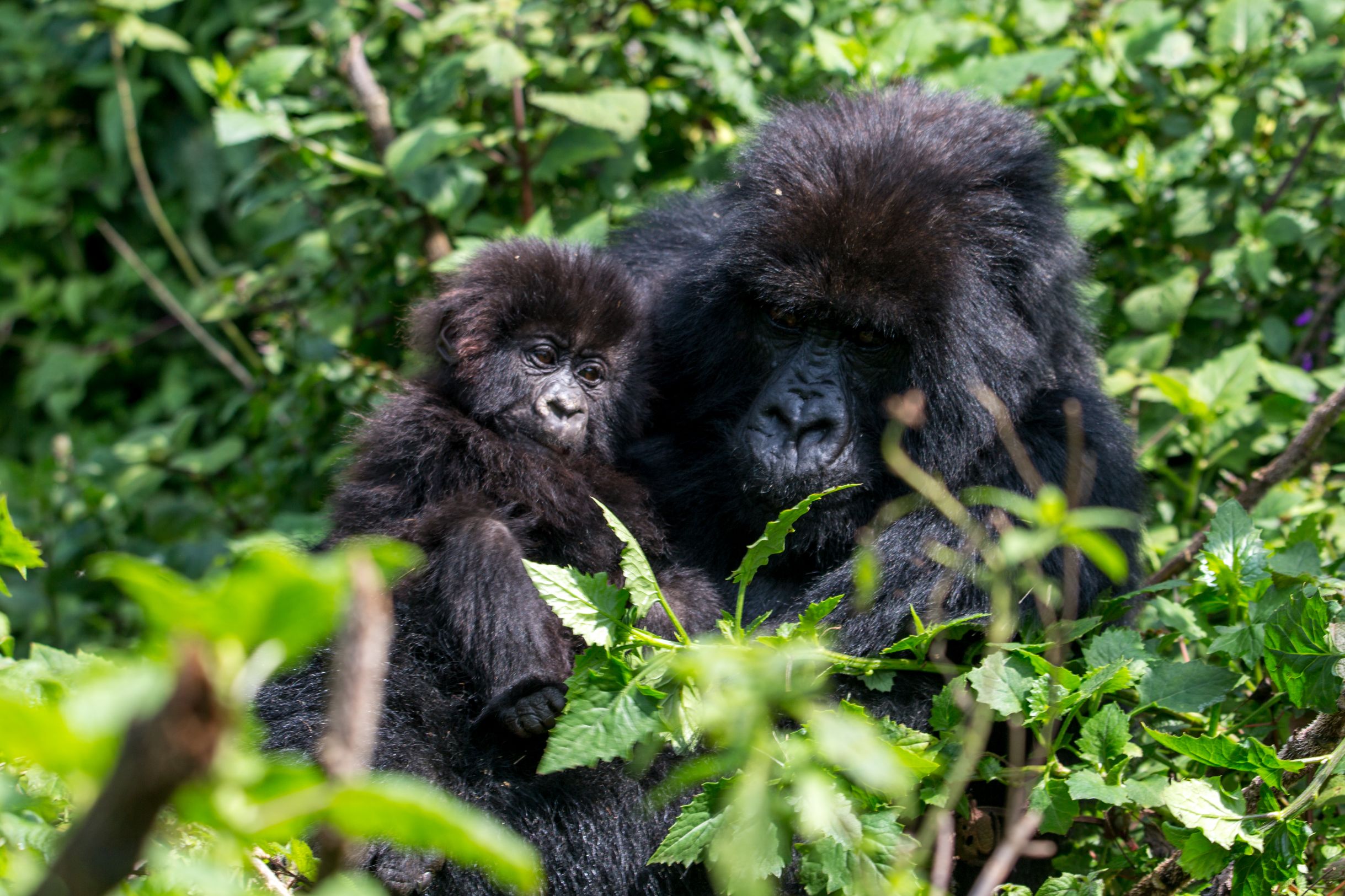
Mountain gorillas, an endangered primate species, are found only in a few regions globally. In Africa, they inhabit the Virunga Conservation Area, spanning the Democratic Republic of Congo, Rwanda, and Uganda. This region includes national parks such as Virunga National Park in Congo, Volcanoes National Park in Rwanda, Bwindi Impenetrable National Park, and Mgahinga Gorilla National Park in Uganda. Here are 10 key facts about mountain gorillas to know before embarking on a trekking adventure.
- Endangered and Rare: Mountain gorillas are critically endangered, with only about 850 remaining worldwide. Uganda hosts over half of this population, with approximately 480 in Bwindi Impenetrable National Park and around 100 in Mgahinga Gorilla National Park.
- Habitat: These gorillas reside in montane vegetation and bamboo forests, primarily in mountainous regions, which is why they are called mountain gorillas.
- Social Structure: Mountain gorillas live in family groups led by a dominant male known as a silverback. While most families have one silverback to protect and lead, some may have multiple, with one being the dominant leader who defends the group from threats.
- Close Genetic Ties to Humans: Sharing about 98% of their DNA with humans, mountain gorillas are among the closest primate relatives to us. This genetic similarity makes them susceptible to human diseases, especially airborne ones, so trekkers must be in good health to avoid transmitting illnesses.
- Impressive Size: As the largest and most powerful primates, mountain gorillas are massive. A mature silverback can weigh up to 180 kilograms and stand 5.5 feet tall on all fours. Females are smaller, weighing up to 90 kilograms and reaching about 4.9 feet in height.
- Diet: To sustain their large bodies, mountain gorillas consume vast amounts of food, with silverbacks eating up to 22 kilograms daily. Their diet primarily consists of bamboo leaves, plant shoots, stems, tree bark, and other vegetation, though they occasionally eat small insects like ants, larvae, and snails.
- Sleeping Habits: At night, mountain gorillas build nests in trees or on the ground, sleeping together for warmth. Young gorillas share nests with their mothers for added comfort and protection.
- Lifespan and Reproduction: Mountain gorillas can live over 40 years if not affected by disease or conflicts. Females begin reproducing at around 10 years, with a gestation period of nine months. They typically produce one offspring every four years, with infancy lasting about three and a half years. Males transition from blackbacks (around eight years) to silverbacks by age 10, developing silver hair on their backs. At this stage, they may leave to form their own families or challenge their fathers for leadership.
- Water Independence: Mountain gorillas rarely drink water, as their diet of moist leaves and shoots provides sufficient hydration.
- Gentle Nature: Despite their size, mountain gorillas are generally calm and peaceful. They rarely attack unless provoked, and silverbacks may display dominance through chest-beating, roars, or hoots to warn intruders. Visitors are unlikely to face aggression if they remain non-threatening and follow guidelines like lowering themselves in the gorillas’ presence.
Threats and Conservation: The primary threats to mountain gorillas are habitat loss due to human encroachment for agriculture and settlement, as well as poaching for bush meat. However, conservation efforts and protective measures have shown success, leading to a gradual increase in their population in the wild.
Talk to our experts
Recent Posts
African Buffalo: The Unpredictable Giant of the Savannah
Gorilla Habituation in Bwindi Impenerable Park
Chimpanzee Trekking in Kyambura Gorge: The Ultimate Guide
Discover Lake Mburo National Park: Your Ultimate Safari Adventure Guide
Kazinga channel boat cruise
Uganda Gorilla Tours.
Chimpanzee trekking in Uganda.
Gorilla Trekking in Uganda.
Gorilla Trekking Guide for Bwindi and Mgahinga National Parks (2025
Essential Packing List for Your Gorilla Trekking Adventure in Uganda (2025 Guide)
Gorilla Trekking Rules
Gorilla Trekking Tours: Exploring the World of Mountain Gorillas
10 Essential Facts About Mountain Gorillas for Trekking Enthusiasts
Where do mountain gorillas live
What you need to know about Silverback Gorillas
Booking Gorilla Trekking Permit
Ceremonial naming of a gorilla in Rwanda
Tags
Start Planning
Info@inmotiongorillasafaris.com
TALK TO AN EXPERT
Explore breathtaking destinations, unique cultural experiences, and unforgettable journeys. Start your adventure today with our tailored travel packages.
